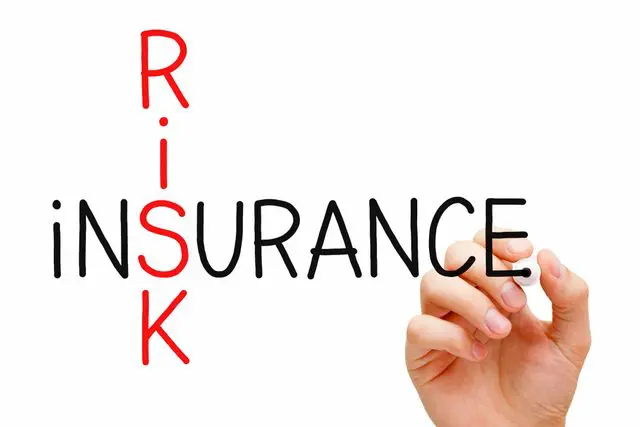Category: Risk Management
-

Introduction Insurance is a way to protect the assets you own from potential financial losses. Usually, this takes the form of an insurance policy between you and an insurance company whereby you pay a premium in advance in exchange for the company’s promise to pay for a specified loss at a later date. The insurance…
-

Segregation is defined as “…the action or state of setting someone or something apart from other people or things…”. Thanks Google. Another word for it is separation of items at risk or don’t put all your eggs in one basket! A simple example, from a personnel risk perspective, is to limit the number and rank…
-

We know to sparingly avoid risk and how to improve our prevention (frequency) effectiveness but what is reduction (severity) all about when not viewed in combination with prevention (frequency). Reduction by its very nature is the lowering of the impact by lowering the severity of the exposure. Reduction is putting systems in place, such…
-

We know to not use the risk avoidance technique unless we absolutely have to. What does preventing a risk really mean – frequency reduction. We know, as a non-statistical rule of thumb, that a catastrophic loss risk will occur once, there will be 10 intermediate losses, 100 small losses, 1000 losses under the deductible/threshold (awareness)…
-

In the dark ages (300 years ago), risk management’s primary tool was insurance – buy enough of it until you feel good enough to sleep well at night. Good tool to use before the 1950’s and the expansion of risk management. Today the insurance industry has done a tremendous job in providing more insurance…
-

May 12th, 2020 The insurance hard market has hit commercial insurance policy holders very hard over the last year. Condominium policies have sky rocketed by over 100% for some Condo’s while the limit of insurance for a flood loss has reduced from full building limits to 5 or 10% of the total – often $2,500,000…

